Mike's Series Review: Star Trek - Original Cast Films Part 2
by Mike Lunsford, Editor-In-Chief of the Great Geek Refuge
(for part 1, click here)
A TV series that had only been on the air for 3 years was now a multi-million dollar film franchise. Star Trek was a dead planet, brought back to life by the Genesis device that was syndication and a loyal fan base. After a much maligned but financially successful first film, the franchise found its masterpiece in Star Trek II: The Wrath of Khan. A deep and complex storyline that included the death of Spock was followed up in Star Trek III: The Search for Spock. The film had many fan-favorite moments and an event some would say was even more shocking than Spock’s death: the destruction of the Enterprise.
When all was said and done with the first 3 films, we saw a refit Enterprise, the return of a classic villain, the death of a fan favorite (and his subsequent resurrection), and the destruction of the starship that was arguably the biggest icon in the franchise. How would the franchise top those first 3 films? By creating a crossover film that checked every box a successful film can: keep your fanbase happy, bring in new viewers, get the critics praise, make a ton of money, and create a brand new franchise because of its success. The best was yet to come, and the worst for that matter and a finale that was a near perfect way to send off almost 30 years of television and cinema. Let’s get part 2 started with the biggest film in the OG cast franchise: Star Trek IV: The Voyage Home.
Star Trek IV: The Voyage Home
An enormous probe is on a direct course for Earth, sending out a powerful signal and an energy wave that disables every ship it passes (wait…wasn’t this the plot of the first film?). As it takes up orbit around Earth, its signal knocks out the global power grid and generates planetary storms, creating catastrophic, sun-blocking cloud cover. Starfleet Command sends out a planetary distress call and warns all space-faring vessels not to approach Earth.
On Vulcan, the crew of the Enterprise are living in exile following the events of Star Trek III. Spock is still recovering from his resurrection but they decide it’s time to return to Earth and face the music. They take their captured Klingon Bird of Prey and set course for Earth, but before they arrive they receive Starfleet's warning. Spock analyzes the probe's signal and determines it matches the song of extinct humpback whales, and that the object will continue to cause calamity until an authentic whale song is recieved in response. They decide to use a slingshot maneuver around the Sun to travel back to 1986 so they can return with a whale or two to answer the alien’s signal.
Of course, while in the past (our present of the time), the 23rd century crew run into all sorts of wacky hijinks and shenanigans. And of course, Kirk has a love interest. And Spock, being the only alien aboard and just regaining his mind, will do all sorts of hilarious things. Will our heroes be able to get some humpback whales in a stolen Bird of Prey and take them back to the future? Will they be able to not screw up the future by tampering with the past? Can the Enterprise crew save their world? Will Spock learn the intricacies of cursing?
“Double dumb ass on you”
While some hardcore Trekkies roll their eyes at this movie, The Voyage Home was the most financially successful film in the franchise. It appealed to a much broader audience than any of the 3 previous films. It proved that Star Trek could be successful even without the Enterprise or a ton of space adventure as The Voyage Home was almost exclusively on Earth. On top of that, it was the best reviewed Star Trek movie. CinemaScore has the movie holding its highest rating of A+ and other reviewers of the 80s raved about the light-hearted nature and comedy of the film. I like to think Star Trek IV: The Voyage Home was like Metallica’s Black Album: it was a little different than the older stuff, but it still had the same heart of what made it great in the first place. Plus it appealed to a bigger audience. What’s not to enjoy?
If you listen carefully, the sound effect the Bird of Prey makes when it decloaks is the guitar solo from “Sad But True.”
When asked which of the OG Trek movies was my favorite, Voyage Home was in my bottom 3. Wrath of Khan, Search for Spock and Undiscovered Country were my favorites growing up. However, I recently re-watched Voyage Home and was shocked to realize how much of this film I absolutely loved. This movie achieves something that few of the other films were able to: every actor/actress had something to do. It always was a bummer when you realized that some of these actors essentially had one line of dialog and the rest of the movie was just them shaking back and forth when a torpedo blast hit the ship. On top of that, it has a few moments that are absolutely fantastic and show the heart and soul of Star Trek is alive and well in this movie.
Any modern Star Trek fan worth their salt knows all about the Prime Directive, but a lesser, nerdier known directive is the Temporal Prime Directive. In fact, in Star Trek: Deep Space Nine a department called Temporal Investigations referred to Kirk and crew as a menace. I say all of this to showcase one of those incredible, heart-felt moments of humanity that was a hallmark of Star Trek. Before the crew embark on their mission to save their world by bringing some humpback whales with them, Admiral Kirk warns them not to muck around with the timeline. However, when they’re trying to rescue Chekov from a hospital, Dr. McCoy comes across a poor older woman who is suffering from kidney failure and is on dialysis. You know what? Watch it for yourself. It’s so touching
They know they’re not supposed to alter the past but Doctor Leonard “Bones” McCoy says,“eff that noise,” and he gives this poor suffering woman a pill that grows her a new kidney and she is overjoyed. Watching this as an adult, it made me shed a tear. This was a hallmark of the original crew: they knew the rules but did what they knew was right.
This crew gave very little heed to the Temporal Prime Directive in other spots, too. Scotty barters with a plexiglass manufacturer by giving him the formula to a substance that hasn’t been invented so that he can get enough plexiglass to build a whale tank. Kirk tells cetacean biologist Gillian Taylor his whole plan over beer and pizza and then brought her back to the 23rd century! Ultimately, it wasn’t the worst thing ever as no one in the future would know a damn thing about whales, so she was kind of needed. This crew often tripped over a solution that ended up being the right choice but in their defense, they were trying to save their Earth. I think they get a free pass.
Kirk and crew get the whales back to “the present” and save the day. Hooray! Time for a parade and medals, right? NOPE. It’s time for a trial. After all, Kirk and crew stole the Enterprise after disobeying orders from Starfleet Command, sabotaged the Excelsior, blew up the Enterprise, and then stole a Klingon ship. Those are some serious charges. But they literally saved all of humanity and if they hadn’t done all of those deeds to rescue and bring Spock back, they would have failed their mission. So they all get off with a slap of the wrist, except Admiral Kirk. He gets demoted to Captain.
Kirk facing his justice with the reason why he violated orders standing next to him. Poetic
It’s worth noting that I don’t think Kirk regretted the decision even once. He knew the consequences, understood the reason for his demotion, but also knew that what he was doing was right. As mentioned above, it was a staple of this crew. In the end, as a Captain, James T. Kirk is free to go back to doing what he really loved doing and was his greatest role: commanding a starship.
Our crew board a shuttle for their new post, unaware of what ship to which they were assigned. As they weave through Spacedock, they see their new ship and it’s got a pretty familiar name.
Star Trek IV: The Voyage Home delighted critics, engaged fans both old and new, and was the most profitable film in the franchise. Not only was it a box office win, it spawned a renewed interest in Star Trek that had been building since The Motion Picture. They approved a brand new TV series! It would hit the airwaves in 1987 and be a whole new generation of Starfleet officers on board a brand new Enterprise, a “next generation”, if you will. It also allowed for another feature film to get the green light for the original crew. We’re at the part in this article where it’s time to talk about Star Trek V: The Final Frontier. Let me take a deep breath first…and we’ll dive in.
Star Trek V: The Final Frontier
Approximately a month after the events The Voyage Home, the newly christened Enterprise A needs a ton of work after her first shakedown cruise. In fact, most of the crew has taken shore leave. That nice camping, mountain-climbing vacation is interrupted by orders from Starfleet command: a religious cult leader has taken hostages and the Enterprise, with the newly demoted Captain Kirk in command, has the most experienced crew to handle the situation. The Enterprise races to Nimbus III to take on the zealot Sybok only to discover that he is Spock’s brother! He manages to capture Kirk, Spock, and McCoy and uses them to get on board the Enterprise. He then shanghais it to travel to the mythical planet of Sha Ka Ree: the fabled birthplace of all life located at the center of the galaxy and the home to God himself.
Will Kirk and crew get the Enterprise back from this psychotic Vulcan cult leader? Will they ACTUALLY meet God? Why do they call them marshmelons? Why is the damn Enterprise always a mess?
“It won’t start. I’ve tried everything I know.”
”Bones, do you still have that AAA membership?”
I’m not going to mince words, this movie blows. Somehow though, I have this knee-jerk reaction to defend this pile of crap. I first saw it when I was 7 so I had very few criticisms with it back then. I had fallen in love with Star Trek thanks to the Betamax copies of II, III, and IV I had watched a dozen times. When The Final Frontier came out, my aunt was nice enough to take me to see it in the theaters. Along with her new husband, my new uncle, they treated me to the big popcorn, the big soda, and a seat for my first big screen Star Trek experience. 7 year old me loved this movie and, because of that, I’ve excused a lot of the issues the film has. The older, more cynical me picks holes in the plot, notices how flimsy the story is, how asinine Sybok’s plan to “lure a starship” is and how uneven the overall film ends up being. It starts as comedy, then it’s really serious religious commentary, then it’s gets into some very hard to define territory: how does one actually find God? And on top of that, like Captain Kirk asks, “what does God need with a starship?”
“Excuse me, why did they let me write and direct this movie? Oh, the tit-for-tat contract me and Nimoy have”
But what happened? How could Star Trek go from top of the heap to the dumpster so quickly? Further analysis shows a myriad of problems the production faced. There was a writer’s strike in 1988 and the only one who was writing this movie was William Shatner and executive producer Harve Bennett. Harve didn’t really want to work on the movie in the first place! He didn’t like the script, the studio didn’t like the script, and they really never fleshed out further drafts after the studio shot down lots of the main plot points. Paramount pressured Shatner to finish early causing additional issues with the film. The effects for the movie were sub-par: a brand new effects company had to take the reins as ILM, the usual effects house for Star Trek, was booked solid with Ghostbusters II and Indiana Jones and the Last Crusade. Their effects were coming in over budget but also not meeting the expectations of Shatner and Bennett.
The impulse engines are the wrong color because someone doing the effects wasn’t paying attention. But, to their credit, they did remember those Sunday School classes that spoke of God’s appearance being preceded by a giant laser blast.
Remember how I mentioned the extra pressure from the studio? Paramount was so jacked by The Voyage Home’s box office numbers, they moved The Final Frontier to a summer release instead of the usual holiday release like the previous films.
So come in earlier, under budget, and with no additional writing help. That’s enough to ruin any decent film. But wait, there’s more. The final cut of the movie lost 15 minutes of narrative to fit a 1 hour 45 minute planned time that Paramount refused to budge on. This meant the movie was still being edited a few days before it’s release. Also as previously mentioned in the annals of GGR, it was going against a murderer’s row of 1989 movie releases. A subpar script, average to crappy special effects, increased pressure for a smash hit, a writer’s strike and more bad luck and timing made for a disappointing overall product. The movie did well in its first week but tanked after that, leaving theaters faster than any previous Trek film.
Star Trek V: The Final Frontier nearly ended the series, it was THAT bad. All the criticism aside, this movie has some moments that are fantastic, and lines that are truly wonderful. As Sybok attempts to turn Bones, Spock and Kirk to his side by using his con-man tactics, Kirk flatly refuses to play along. Sybok’s gimmick was to show people “their pain,” then using cold reading tactics and forced reliving of trauma to make himself out to be some sort of savior. Kirk states that those failings are part of him and they teach a valuable lesson. Even Bones suggests that Kirk hear Sybok out.
Damn it, Bones, you're a doctor. You know that pain and guilt can't be taken away with a wave of a magic wand. They're the things we carry with us, the things that make us who we are. If we lose them, we lose ourselves. I don't want my pain taken away. I need my pain.
Great line. It shows that this script had promise…maybe it just needed a few more rewrites.
Also, the music by Jerry Goldsmith is phenomenal. When they land on Sha Ka Ree, it’s such a stirring score that it almost makes you feel like they are going to get to meet the creator and see the place where all life began.
All in all, the movie sucks but there are a few gems to pick out that are worth a re-watch. Just remember this: if this movie hadn’t flopped so bad, Next Generation wouldn’t have gotten as much attention as it did right when it was starting to get good…but I’ve gone over that before. It did also set up the original crew for a fantastic finale of their film series.
Star Trek VI: The Undiscovered Country
The USS Excelsior, under the command of Captain Sulu, is returning to Earth when it is rocked by a shockwave. Excelsior’s crew is able to determine that the explosion came from the destruction of a Klingon moon known as Praxis. The explosion puts the Klingon home world Kronos in serious jeopardy and prompts the Klingon High Command to pursue peace with their long time rival, the Federation. Starfleet Command chooses the crew of the Enterprise to act as diplomats, with most of the command crew nearing retirement and not looking forward to the assignment. In fact, most of them harbor a great deal of resentment towards the enemy they’ve been battling all of their career. Captain Kirk holds an even more personal grudge, stating that he can’t trust Klingons nor can he forgive them for the death of his son, David.
The Enterprise meets up with the Klingon Battle Cruiser to escort Chancellor Gorkon to Earth for peace talks. After a tense state dinner aboard the Enterprise, the Klingon ship is hit with two torpedo blasts that seem to come from the Enterprise. In the confusion of the attack, two Starfleet officers board the Klingon vessel and assassinate the Chancellor. In an effort to bring the incident under control, Kirk and McCoy board the Klingon Battle Cruiser. Doctor McCoy tries to save Gorkon but it’s too late. The two Starfleet officers are immediately arrested and tried for murder.
In a sham trial, they are convicted and sent to the Klingon prison planet of Rura Pente. How will they get out of this one? Who actually killed Gorkon? Did the Enterprise actually fire on the Klingon ship? Is this all some sort of conspiracy? How will this thriller end?
Star Trek VI: The Undiscovered Country was the perfect end cap to this film franchise. Since the early days of Star Trek, the Klingons have always been the Federation’s chief adversary. To have the film franchise, and essentially the adventures of the original crew as a whole end with that war coming to a close, was very fitting. Not only was it a great thematic way to end their collective narrative, it was also an opportunity to bring humanity to these characters that we’ve known for nearly 30 years.
Yes, Star Trek has always stood for an evolution of human sensibilities. We put aside our petty squabbles and became a more enlightened species as we ventured into the cosmos. Now, many purists feel that the racist undertones members of the Enterprise crew held and expressed towards the Klingons were not in line with these “enlightened” sensibilities. Let’s make something clear: wanting to be better than you were as a species does not mean that the things humans have done for centuries, for millennia will simply just disappear. They still exist. It’s the desire to better one’s self that is important. It’s not a switch that is flipped, it’s active work.
On top of that, this is a race that has been at war off and on with the Federation for nearly 50 years. These officers have seen loved ones killed, shipmates lost and to think that this warrior race is simply going to lay down their arms and seek peace would make any smart military officer skeptical. Not every Starfleet officer is an expert on Klingon culture for that matter. In fact, with their very guarded nature, it’s possible the Klingons don’t do much in the form of cultural exchange.
Star Trek VI: The Undiscovered Country showcases the reality of the ending of a long-standing war: that not everyone wants it to end, that racism can’t just be erased because the guys in charge decide it’s time, and that it takes those who recognize that they may not be the ones who will enjoy this peace to start the process. Kirk and Spock realize they may be “past their primes” and discuss it at length, but both are willing to work towards peace. Kirk may still be scarred by the loss of his son, but he wants this war to end. Spock had a prideful blindspot in looking past Valeris as a source of the conspiracy. These heroes show that they know they are flawed, but are willing to work on becoming the best versions of themselves.
As mentioned above, beyond being a movie that delves deep into these characters, it’s also a tense thriller. We find out that members of Starfleet are working with Klingons and the Romulans to keep the peace process from moving forward. It’s a vast conspiracy that eventually the crew of Enterprise unravels, one of the chief conspirators being Spock’s protégé Valeris (Kim Cattrall, Sex And The City) .
As they race toward Camp Khitomer to stop assassins from killing the President of the Federation, they run across the culprit who fired on Gorkon’s ship in the first place: a Klingon Bird of Prey that can fire while cloaked. The Enterprise takes a pounding from the Bird of Prey, commanded by General Chang, the Klingon who has an eyepatch BOLTED to his skull (Christopher Plummer, Sound of Music).
Since the ship is cloaked, the Enterprise crew is unsure of how to stop the barrage until Uhura comes up with a plan: what about creating a heat-seeking torpedo? Bones and Spock get to work on the special photon torpedo as the ship takes more fire from Chang.
Sulu and the Excelsior show up just to take a blast from the Bird of Prey themselves. McCoy and Spock finish their “experimental surgery” and launch the torpedo, which tracks across space until it finds the Bird of Prey. The Enterprise and Excelsior make short work of the the now exposed Klingon ship in one of the best space battle scenes in the history of Star Trek.
That look on Chang’s face when he realizes he’s toast is fantastic.
The Enterprise and Excelsior beam down teams to stop the assassin and conspirators and save the day once again. In a touching moment, Kirk and Gorkon’s daughter, the new Klingon Chancellor both mention that each other’s actions have shown that there is hope for peace, even in the most jaded and broken hearts.
Star Trek VI: The Undiscovered Country was a commercial and critical success. It was one of the most successful movies at the box office for 1991. It also holds the distinction for being the only Star Trek film to win a Saturn Award for Best Science Fiction Film.
It was also the last Star Trek film that creator Gene Roddenberry would see. He passed away in October of 1991 and the movie was released to the public in December. Overall, it holds an 81% on Rotten Tomatoes, which aggregates all reviews of the film. Christopher Plummer’s General Chang was an incredible villain as Plummer was allowed to really let loose. His lines and delivery are completely over the top but work incredibly well. David Warner’s portrayal of Chancellor Gorkon is also fantastic, but in the exact opposite way. He carries himself almost like a Klingon version of Abraham Lincoln: dignified, stoic, committed to peace but also understanding. Even the typically criticized William Shatner, who people love to pile on for over-acting really sells his cynical, bitter feelings towards the Klingons and the eventual realization that his outlook is outmoded.
We also get a wonderful sendoff for the cast of Star Trek: they physically sign off as the credits roll and the Enterprise and Excelsior fly off into space.
Star Trek is one of my favorite franchises. I’ve logged time with every series, every movie, even read some of the books and comics. The original cast movies are what hooked me in the first place and are still my favorite era of the franchise. I love Next Generation and there’s something special about Voyager, but the original crew is my first love. And when you look at the scoreboard, 4 out of 6 of the movies are really good and that’s a pretty good batting average. It also showed that strict adherence to source material makes for boring films and that licenses need new blood to find the heart and soul of these IPs. Look at Wrath of Khan and Undiscovered Country and what Nicholas Meyer brought to the table with those films.
Thank you all for reading through this 2 part series, stay tuned for more great content from myself and all our awesome writers and podcasters here at the Great Geek Refuge.
Live long and prosper.

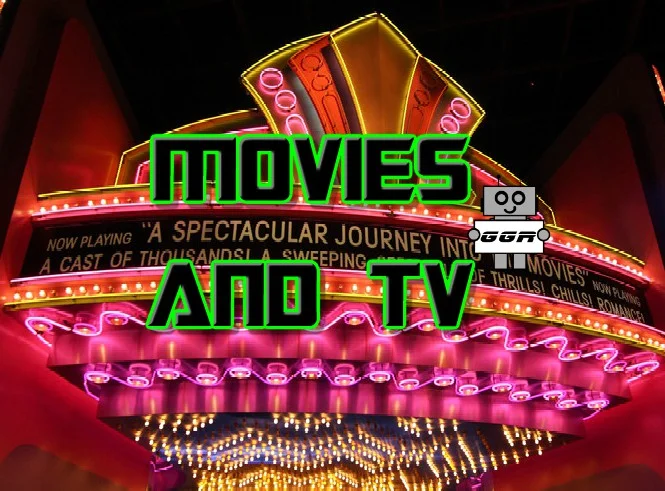




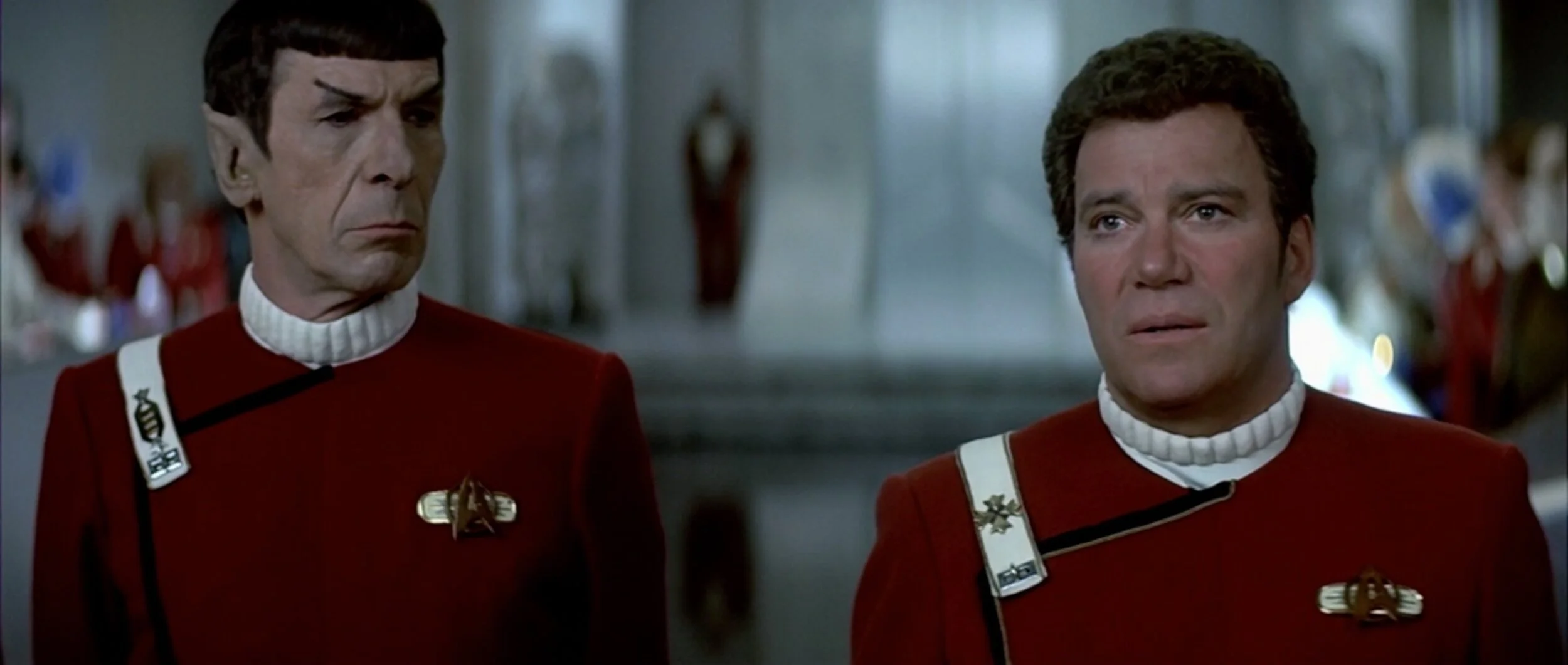


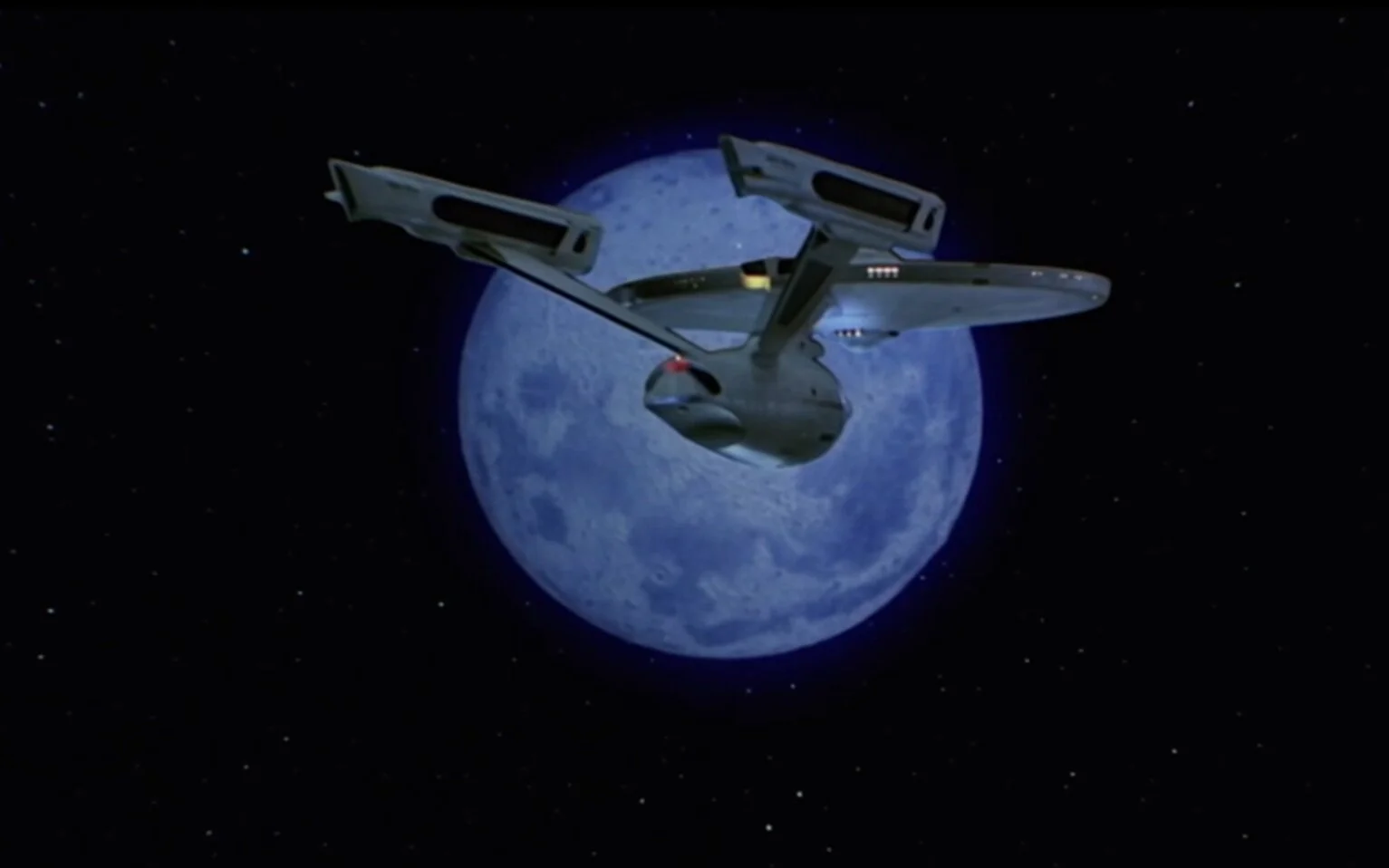

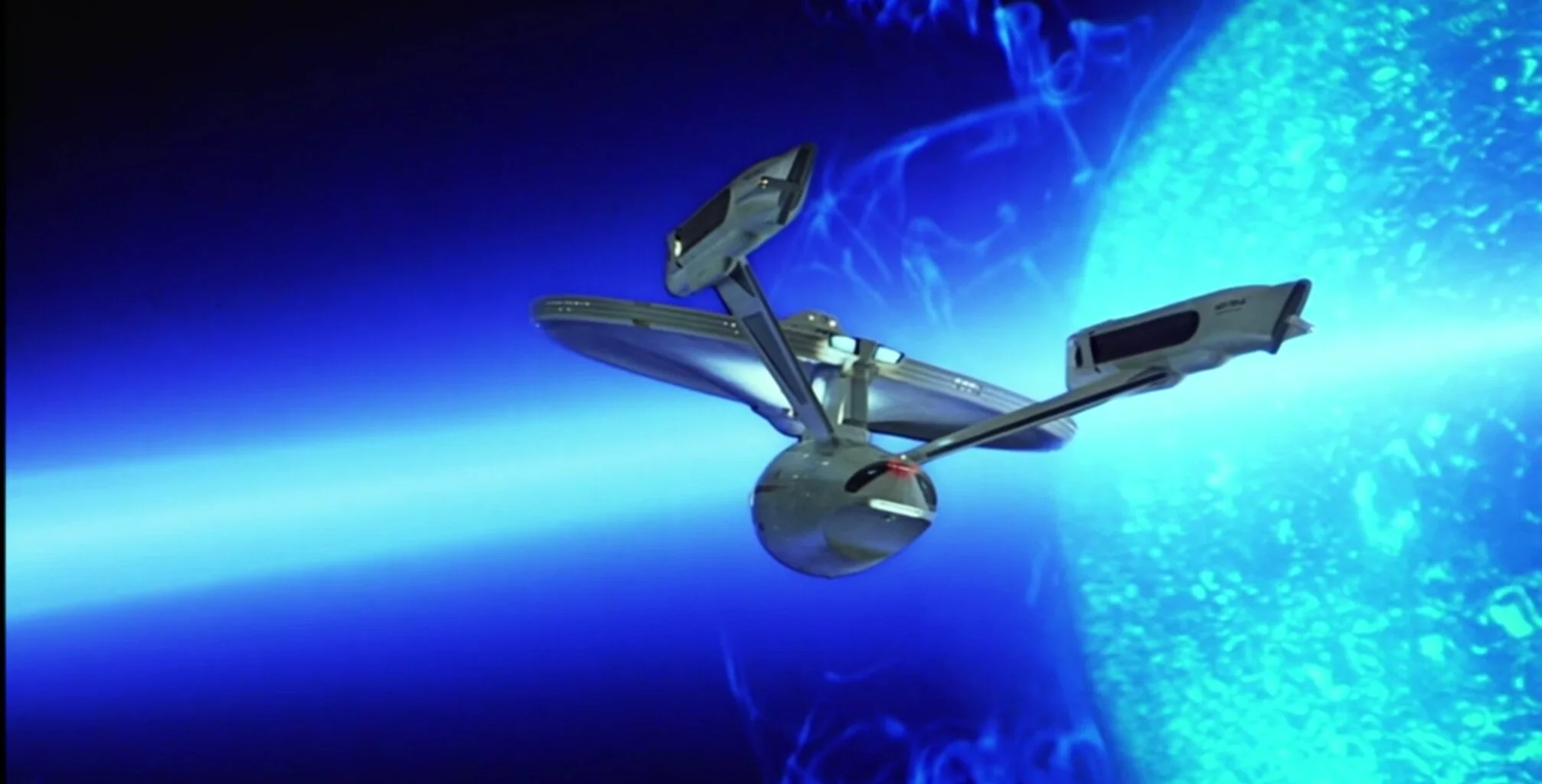
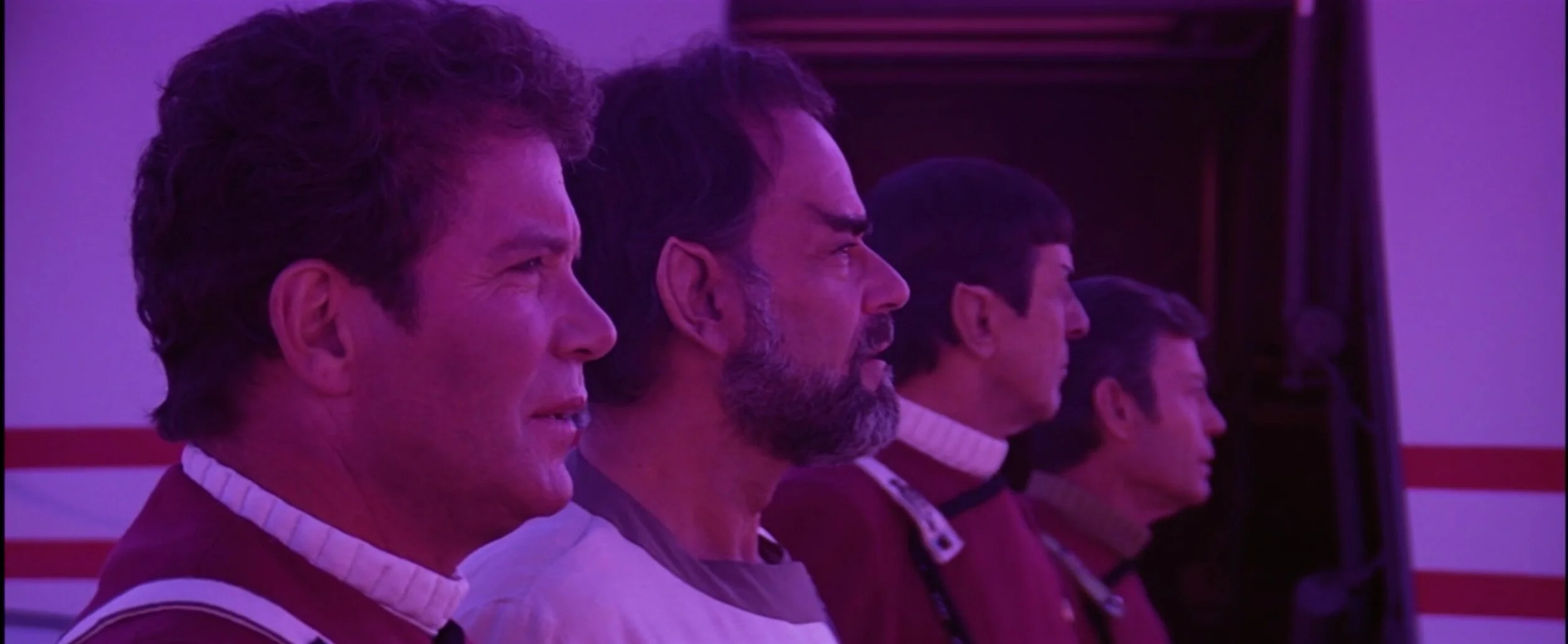

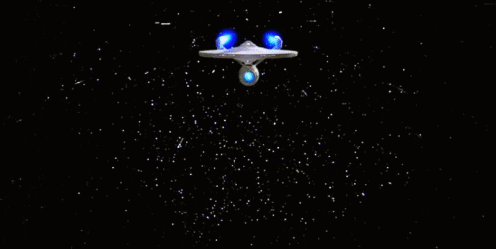
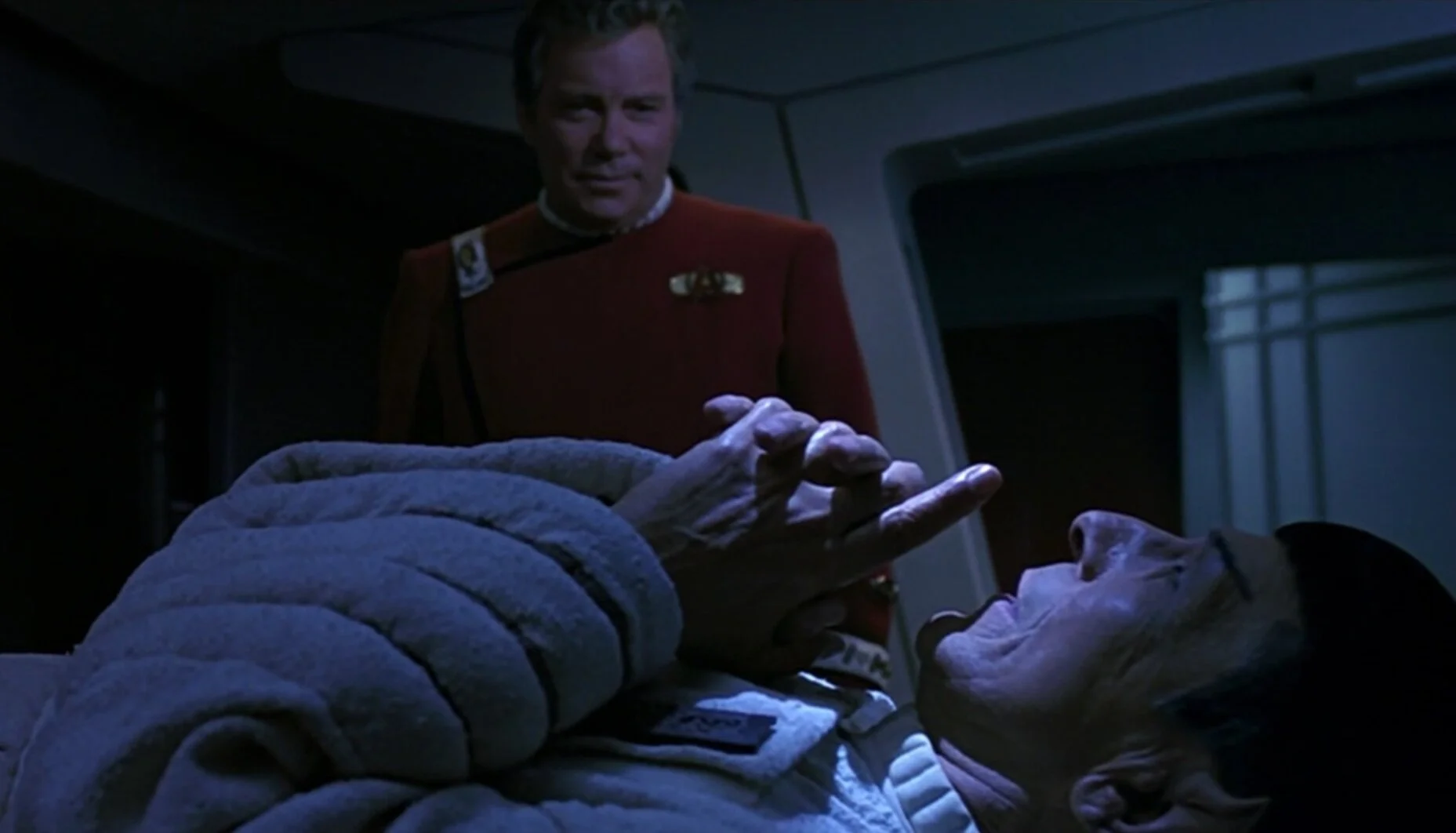




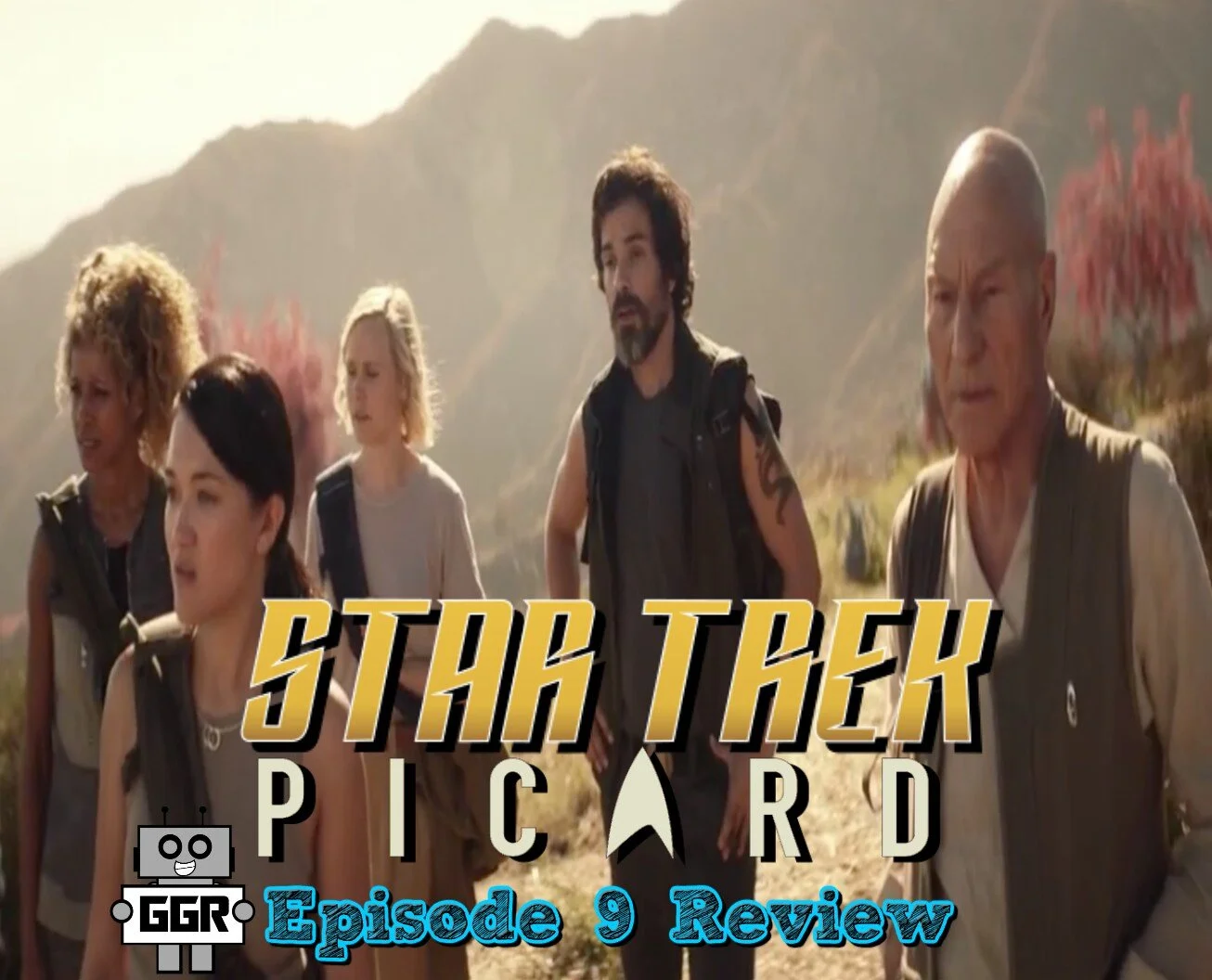



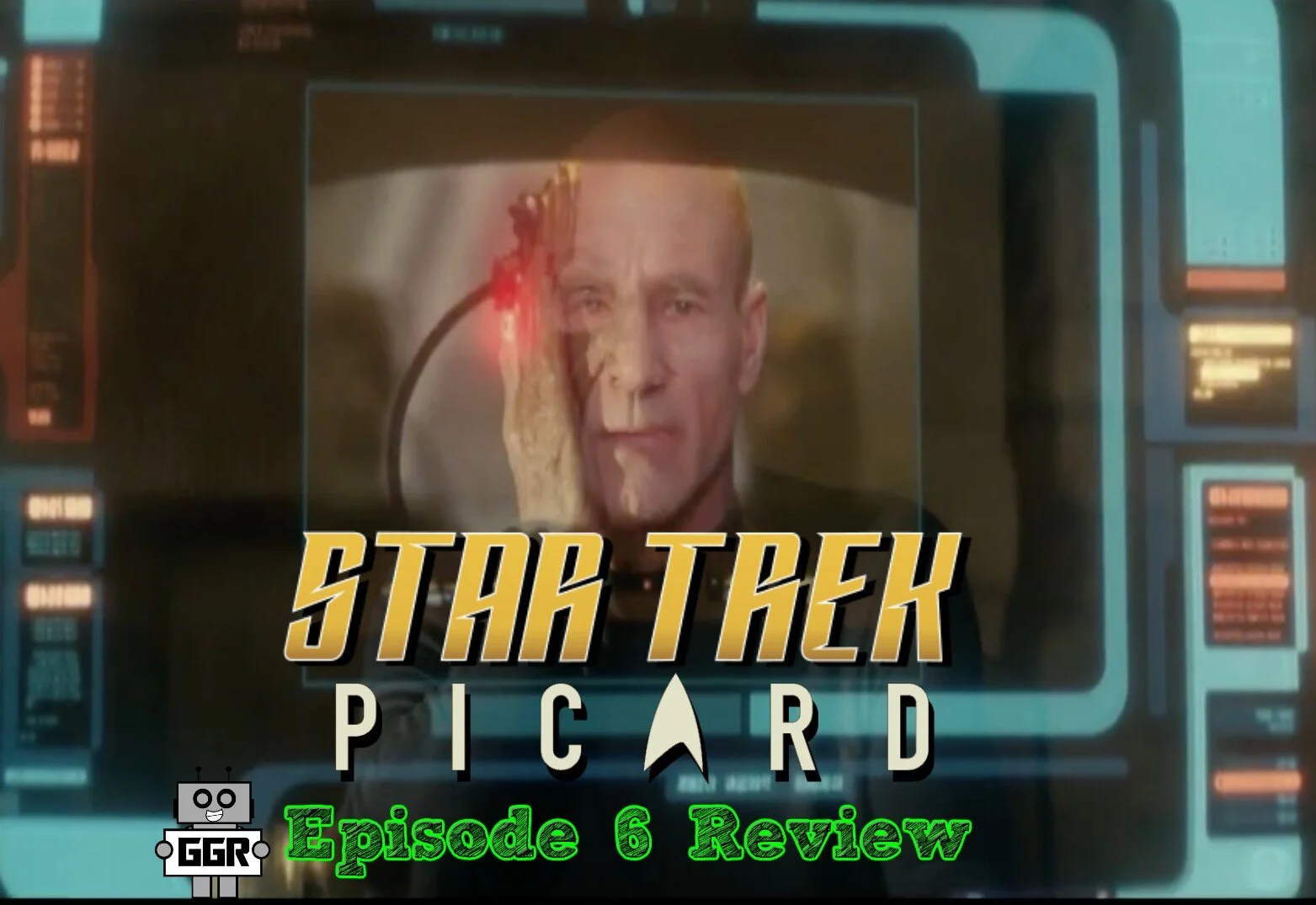
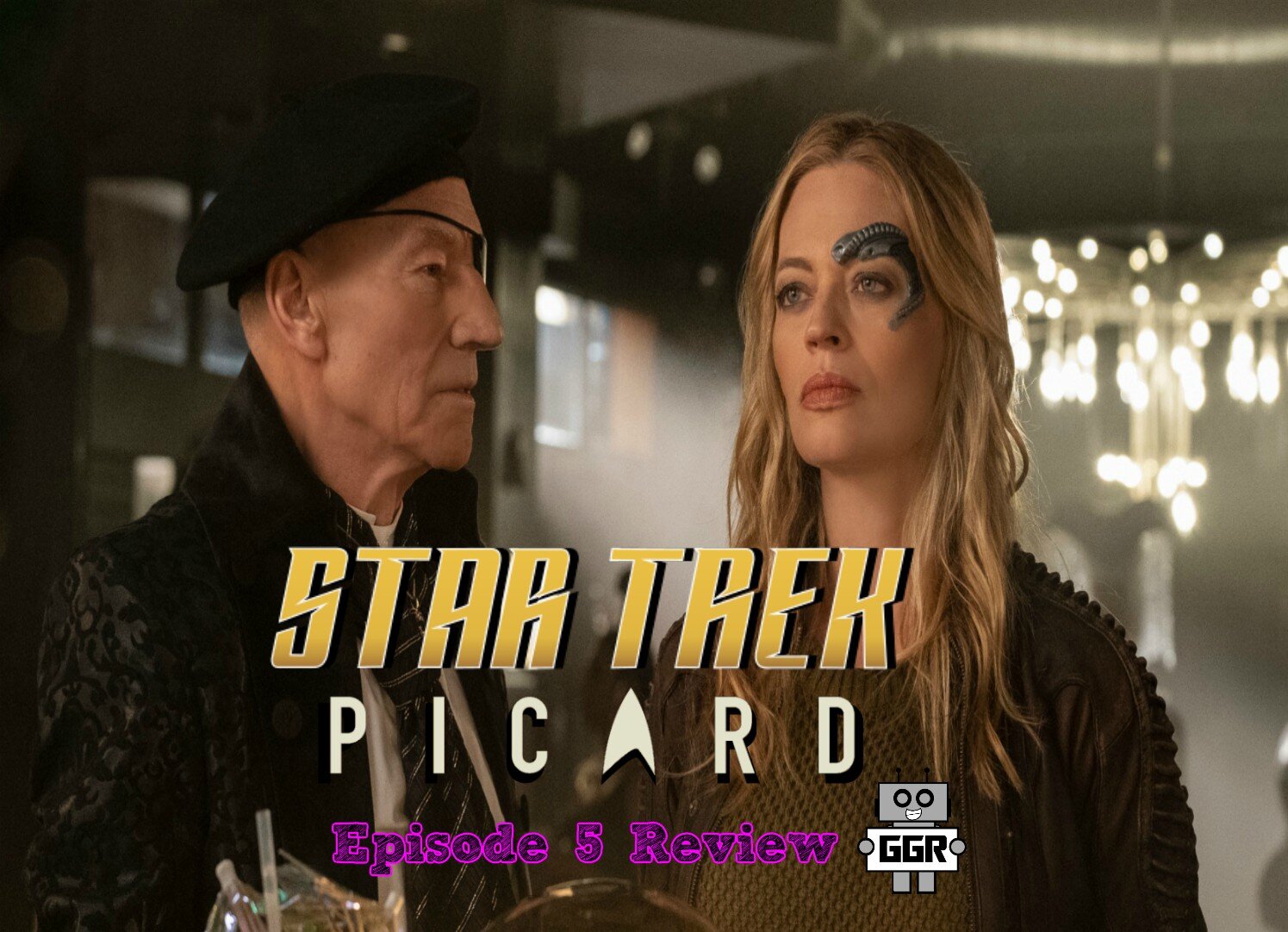

Mariah Beachboard has a “What to Watch” for the newest animated series in the Star Trek universe, Star Trek: Lower Decks